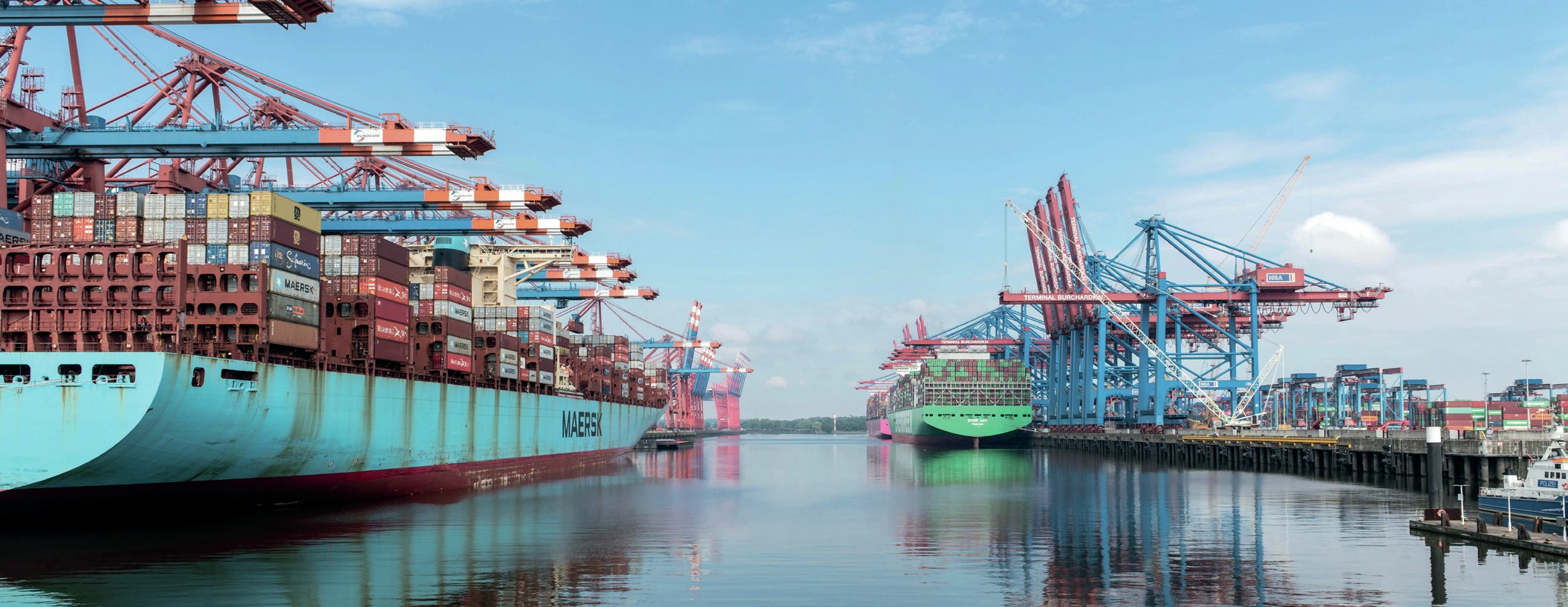Sulphur 393 Mar-Apr 2021

31 March 2021
A rising tide

“Suddenly it’s a good time to be a sulphur producer again”
Suddenly it’s a good time to be a sulphur producer again. Sulphur prices started 2020 at a low point of $40/t, a level not seen for a decade or more. However, after a slight recovery when the pandemic hit and refineries began reducing production, since August the market trend has been rapidly upwards, now approaching levels of $200/t that have not been seen for a couple of years.
The story is one of tight supply and strong demand. On the supply side, the impact of the Covid pandemic and its associated lockdowns has been to reduce demand for fuels, especially aviation fuel, but also gasoline and diesel, and refineries as a consequence have been forced to cut back on production. In the US, refinery closures may have removed up to 600,000 t/a of sulphur production from the market. Europe has also seen refinery closures and drastically reduced run rates. Other, seasonal factors have also had an impact. For example, winter is traditionally a tighter time in sulphur markets, as the freezing of rivers in central Asia affects availability from Russia and Kazakhstan, and that should ease as warmer weather returns. Winter storm Uri in the US also closed much of the US Gulf Coast’s refining capacity due to power outages.
Meanwhile, on the demand side, phosphate fertilizer demand for sulphur has held up during the pandemic, aside from some early and relatively short lived shutdowns in India and China. Overall sulphur demand was down in 2020 on 2019, but only by about 800,000 tonnes. Demand has been strong in Asia ahead of the spring application season. DAP prices have also been boosted by a spike in ammonia prices. The winter storm in the US which affected many Gulf Coast refineries also shut down a lot of ammonia production, and that happened at the same time as unplanned outages of ammonia plants in Trinidad and elsewhere. Strong phosphate pricing has helped support higher sulphur prices. There have also been restarts for sulphur burning metallurgical plants, including Ambatovy in Madagascar, and copper and nickel demand is strong as the global economy improves.
Because production is largely involuntary, the sulphur market is not one that is able to react quickly to rapid increases in demand. While there are stockpiles, they are not always accessible (e.g. in northern Alberta or central Asia). The past few months have seen accessible stocks fall – Chinese port stocks of sulphur have fallen dramatically, reducing by about 700,000 tonnes during 4Q 2020. This means that, provided demand continues to hold up, prices should stay high until new supply becomes available.
As global refining capacity recovers, so sulphur output should increase, particularly in the second half of 2021. There are also major new oil and gas projects which will generate large volumes of sulphur due to start up this year, including the long-delayed Barzan project in Qatar, new refineries in Kuwait, and the ramping up of gas plants in Saudi Arabia. Barzan and the Clean Fuels Project in Qatar between them represent 3 million t/a of new sulphur capacity, although any new project needs several months to actually achieve that. Likewise phosphate demand is seasonal, and high prices will tempt producers to keep producing, gradually easing the current run up of prices. For the time being, however, sulphur is very much back to being a co-product and not a by-product.






